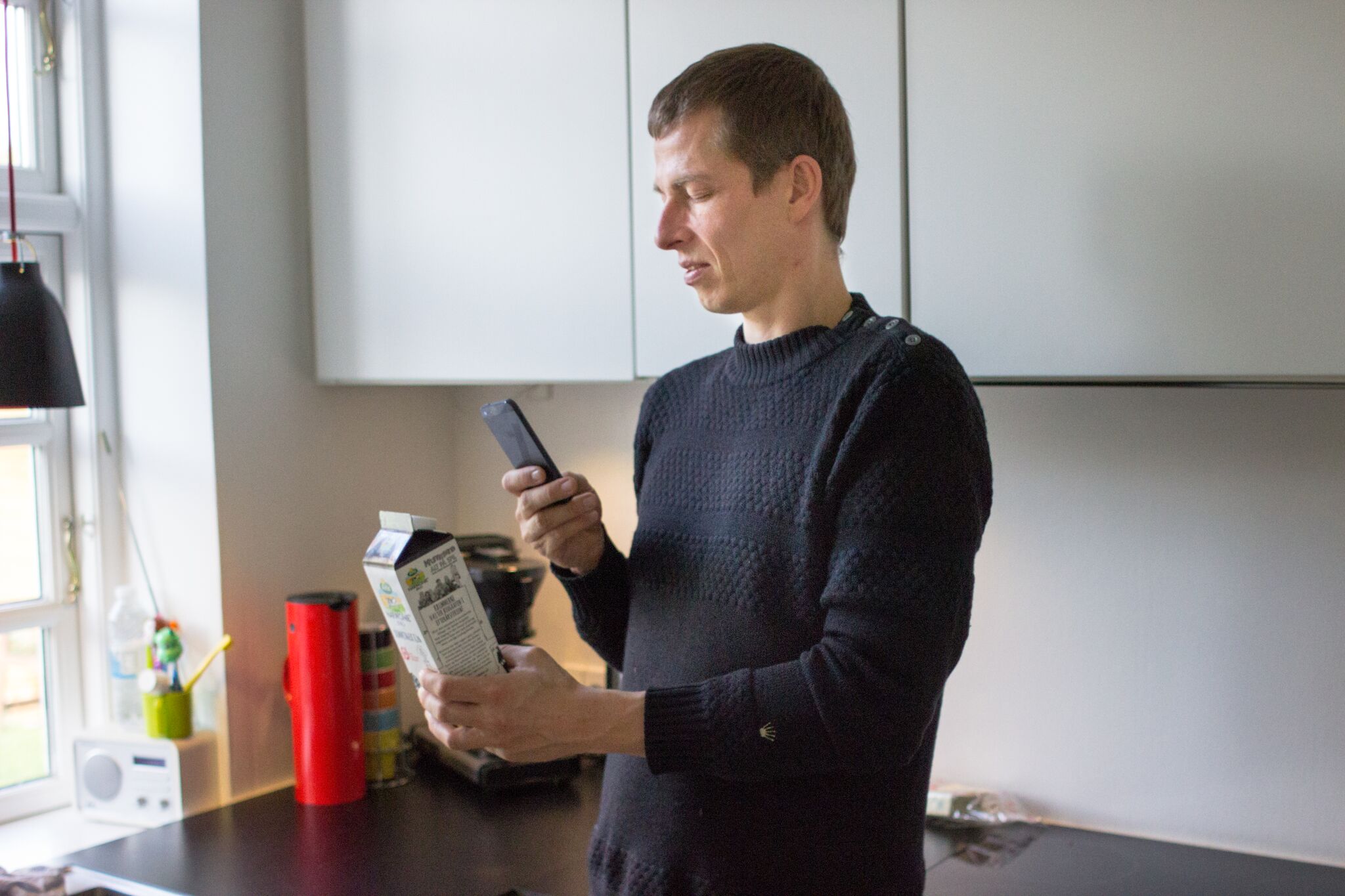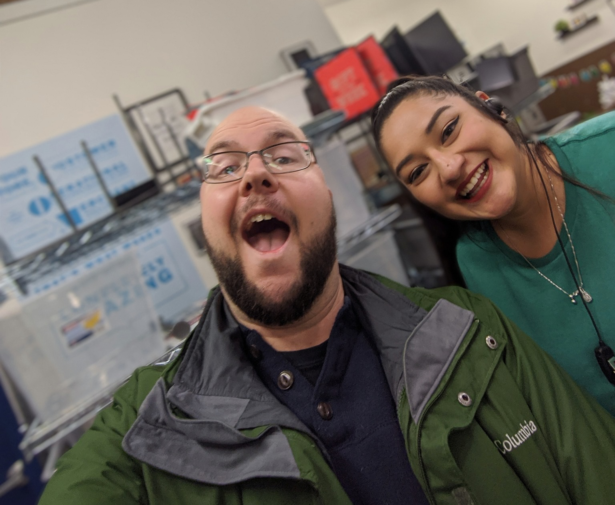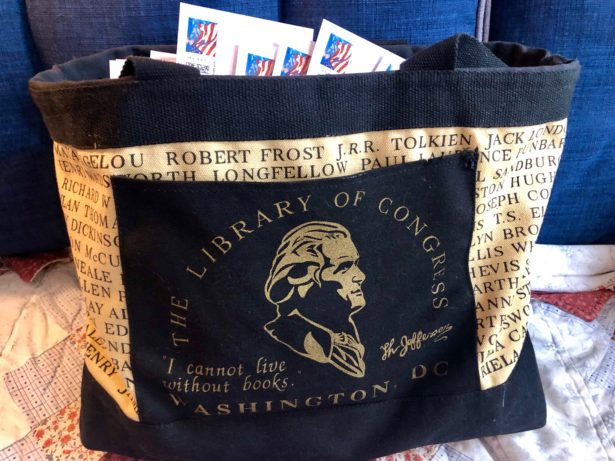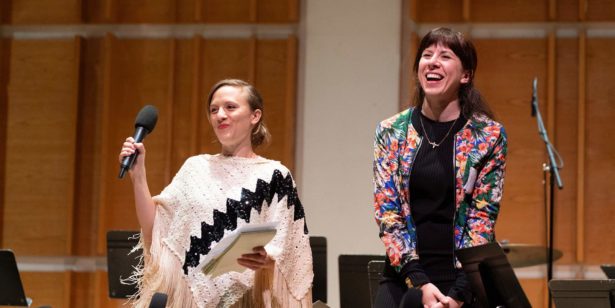
Volunteers Share Their Vision With The Blind
A mobile app lets the vision-impaired connect with help
For the blind and vision-impaired, it can be difficult or at times impossible to get timely assistance with the small tasks that those of us with functioning vision take for granted. Afflicted with retinitis pigmentosa—a condition that causes tunnel vision—Hans Jørgen Wiberg knew this firsthand. He knew that getting assistance from friends and family over FaceTime or a Skype video call could be invaluable, but he also knew that finding the right person to provide that assistance at the right time was often difficult and sometimes impossible. So in 2012 he hit on the idea of connecting visually impaired users with a network of sighted volunteers, so that someone would always be available to help. And in 2015 that vision became a reality, and the BeMyEyes mobile app was launched.
“It’s our responsibility to make it financially sustainable, but the users won’t be paying for it”
“Early on, we figured out we had the potential to impact the lives of millions of people and really allow people who were blind or had low vision to lead more independent lives,” says Alexander Jensen, the BeMyEyes Community Director, who manages the network of users and volunteers. “There are 253 million people in the world who are blind or vision-impaired, and the majority of this group lives in low-income settings.” In part that’s because bad healthcare and poor nutrition can create or exacerbate vision problems, Jensen says. “So it’s always been really, really important to us to insure the service is free, no charge at all for using the app or downloading the app or anything. You can make as many calls as you want to. It just doesn’t feel right to charge anything. We believe there’s a need for this all over the world. It’s our responsibility to make it financially sustainable in other ways, but the users won’t be paying for it.”
Jensen describes BeMyEyes as “the crowdsourcing of sight at a global level.” At its most basic, the app works by connecting a vision-impaired user in a video call with an available volunteer who can help with simple tasks. “Unfortunately, we live in a world that is pretty poorly designed for people without vision,” Jensen told Good Turns recently. “We do a lot of readouts, like reading the newspaper. Or matching clothes. Are my socks matching, or what’s the color of my shirt? We also do shopping in supermarkets. How can I find the right products, what does something cost? There’s quite a lot of cooking, reading out recipes, checking expiration dates, checking measurements are right. A lot of technical help, making sure that computers are running and connecting printers to computers, or making sure a thermostat or an oven is set to the right temperature.”
And to monetize the app, BeMyEyes lets companies pay a small fee to let users connect to them for specialized help with their products. Microsoft was among their first clients.
The app is now being used by more than 100,000 people who are blind or vision-imparied, Jensen says, and has close to 1.8 million volunteers in 150 countries, providing help in 185 different languages, with 5-10,000 new volunteers signing up every day.
“It was a very global phenomenon, from day one,” says Jensen. “Within the first 24 hours we had about 10,000 volunteers and about 1,000 blind users on the app. One thing that was quite surprising was the very global aspect of the community. We thought that it would start out being a Danish community, because we are all Danish. But within the first 24 hours we were in 30 different countries.”
“There are a lot of heartwarming stories,” Jensen says. “We even had a woman who was just about to get married, and she used the app to have her wedding dress checked for stains before she walked down the aisle. You can imagine it must have been a very powerful moment for both the bride and the volunteer at the other end.”
Heartwarming, too, to hear the story of a network that makes such powerful good turns possible.
Posted December 21, 2018





